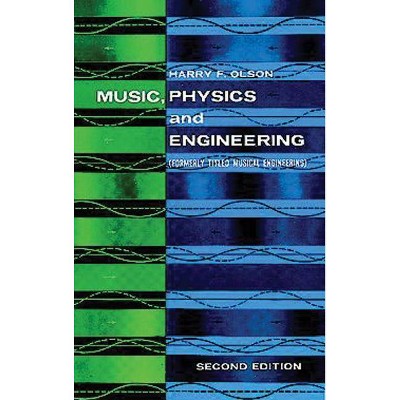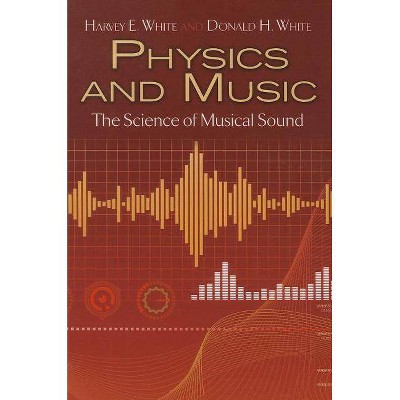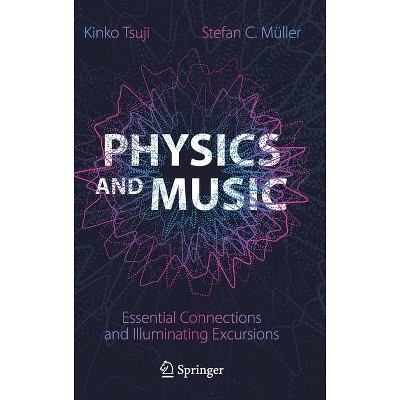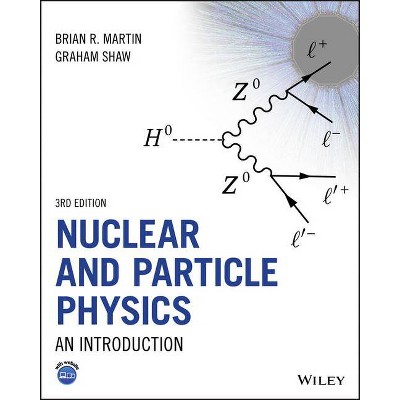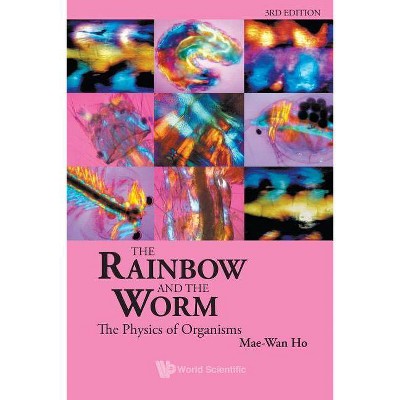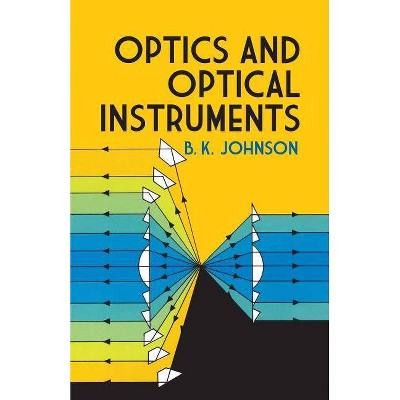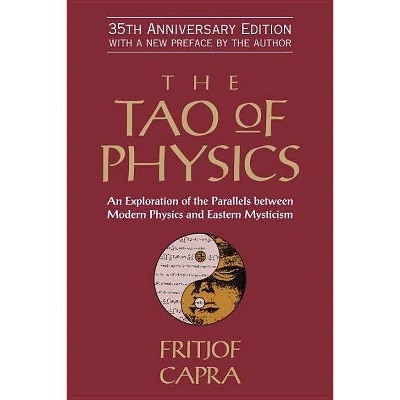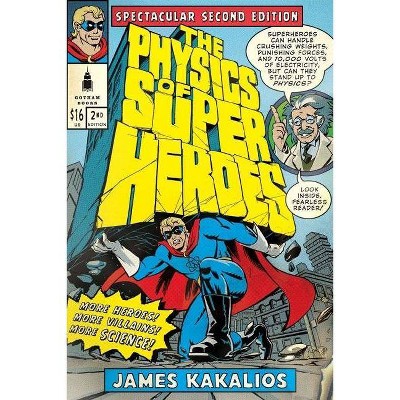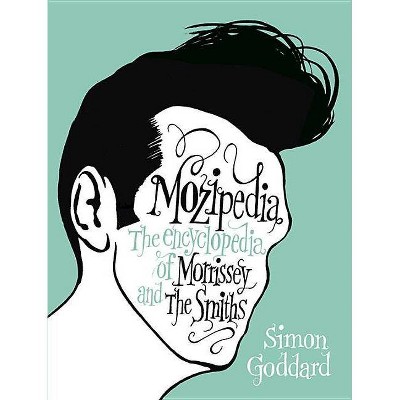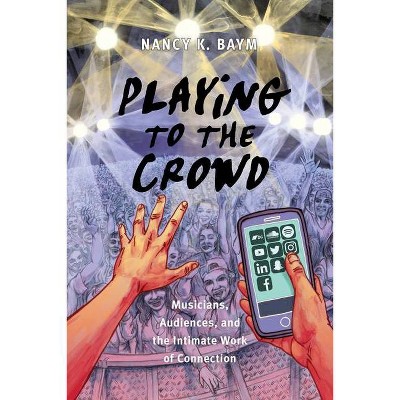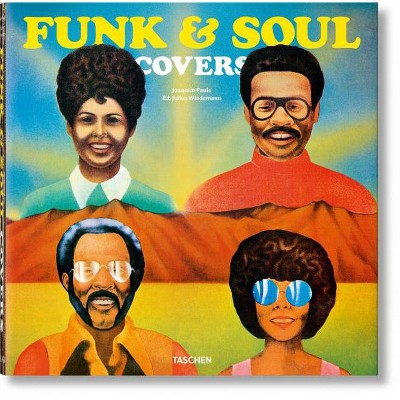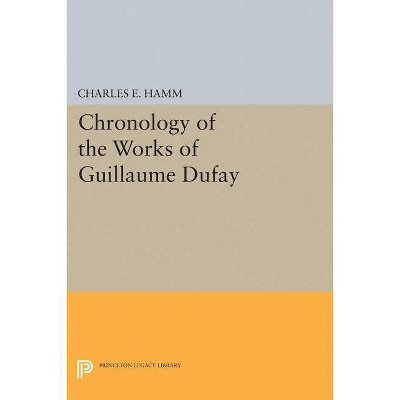The Physics and Psychophysics of Music - 4th Edition by Juan G Roederer (Paperback)
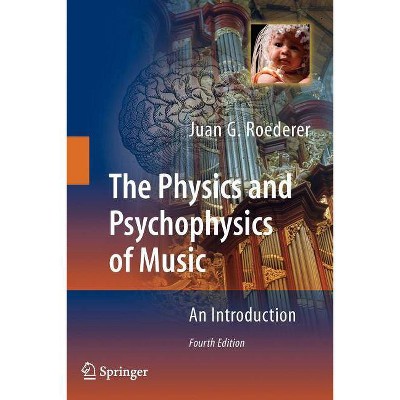
Similar Products
Products of same category from the store
AllProduct info
<p/><br></br><p><b> About the Book </b></p></br></br><p>This book uses acoustics, psychophysics, and neurobiology to explore the physical systems and biological processes that intervene when we hear music. It incorporates the latest findings in brain science and tone generation in musical instruments.</p><p/><br></br><p><b> Book Synopsis </b></p></br></br>This introductory text deals with the physical systems and biological processes that intervene in what we broadly call "music. " We shall analyze what obj- tive, physical properties of sound patterns are associated with what subjective, psychological sensations of music. We shall describe how these sound patterns are actually produced in musical instruments, how they propagate through the environment, and how they are detected by the ear and interpreted in the brain. We shall do all this by using the physicist's language and his method of thought and analysis-without, however, using complicated mathematics. Although no previous knowledge of physics, physiology, and neurobiology is required, it is assumedthatthereaderpossesseshigh-schooleducationandisfamiliarwithbasic aspects of music, in particular with musical notation, scales and intervals, musical instruments and typical musical "sensations. " Books are readily available on the fundamentals of physics of music (e. g., Benade, 1990; Pierce, 1983; Fletcher and Rossing, 1998; Johnston, 2003) and psychoacoustics, music psychology and perception (e. g., Plomp, 1976; Deutsch, 1982a; Zatorre and Peretz, 2001; Hartmann, 2005). An excellent text on musical acoustics is that of Sundberg (1991), still most useful 17 years later; comp- hensive discussions of recent researches on pitch perception and related au- tory mechanisms can be found in Plack et al. (2005). The purpose of the present volume is not to duplicate but to synthesize and complement existing literature.<p/><br></br><p><b> From the Back Cover </b></p></br></br><p>This book, a classic in its field, deals with the physical systems and physiological processes that intervene in music. It analyzes what objective, physical properties of sound are associated with what subjective psychological sensations of music, and it describes how these sound patterns are actually generated in musical instruments, how they propagate through the environment, and how they are detected by the ear and interpreted in the brain. Using the precise language of science, but without complicated mathematics, the author weaves a close mesh of the physics, psychophysics and neurobiology relevant to music. A prior knowledge of physics, mathematics, neurobiology or psychology is not required to understand most of the book; it is, however, assumed that the reader is familiar with music - in particular, with musical notation, musical scales and intervals, and some of the basics of musical instruments. This new edition presents substantially updated coverage of psychoacoustics, including: </p> <p>- New results from tomographic imaging of brain function that confirm some speculations in previous editions</p> <p>- New research on consciousness and emotions</p> <p>- The possibility of musics in extraterrestrial civilizations</p><p/><br></br><p><b> Review Quotes </b></p></br></br><br><p>From the reviews of the fourth edition: </p><p>"This book deals with the physical systems and biological processes that interact with music, analyzing 'what objective, physical properties of sound patterns are associated with what subjective, psychological sensations of music.' ... Roederer is well known for promoting music as a multidisciplinary subject. ... While there are plenty of good books on the physics of music ... Roederer's classic is the best. This book will be an asset to any scientific library." (Soubhik Chakraborty, ACM Computing Reviews, November, 2009)</p><p>"This book ... not only suitable for lay-readers, but can also act as a springboard for more technically minded readers wishing to pursue a thorough foray into the field. ... open questions which makes the reader want to come back for more. Credit can only be given to the author for creating such an engaging read. ... this fourth edition of the book incorporates a number of recent results supporting hypotheses posited in earlier versions ... ." (Matthew R. Foreman, Contemporary Physics, Vol. 52 (3), May-June, 2011)</p><p>"The different aspects of the close relationship between science and music are discussed in this book. ... will be of interest to the non-science student, or simply to the music addict teenager ... . The book will definitively be pleasant ... reading for a scientist with a strong interest or love in music." (Gary J. Long and Fernande Grandjean, Belgian Physical Society Magazine, Issue 3, 2010)</p><br><p/><br></br><p><b> About the Author </b></p></br></br><p>The author is a space scientist of international reputation with a close and active relation with music (he studied organ with the late maestros Héctor Zeoli in Buenos Aires and Hans Jendis in Göttingen), who organized and directed the international workshops on the Neuropsychological Foundations of Music at the Carinthian Music Festivals in Ossiach, Austria. These workshops, held regularly between 1973 and 1985, have been credited as being the originators of the interdisciplinary approach to the study of music perception. In 2007 he was invited to deliver the opening lecture on Music and the Evolution of Human Brain Function at the international congress Mozart and Science in Baden/Vienna, Austria.</p>
Price History
Price Archive shows prices from various stores, lets you see history and find the cheapest. There is no actual sale on the website. For all support, inquiry and suggestion messages communication@pricearchive.us
